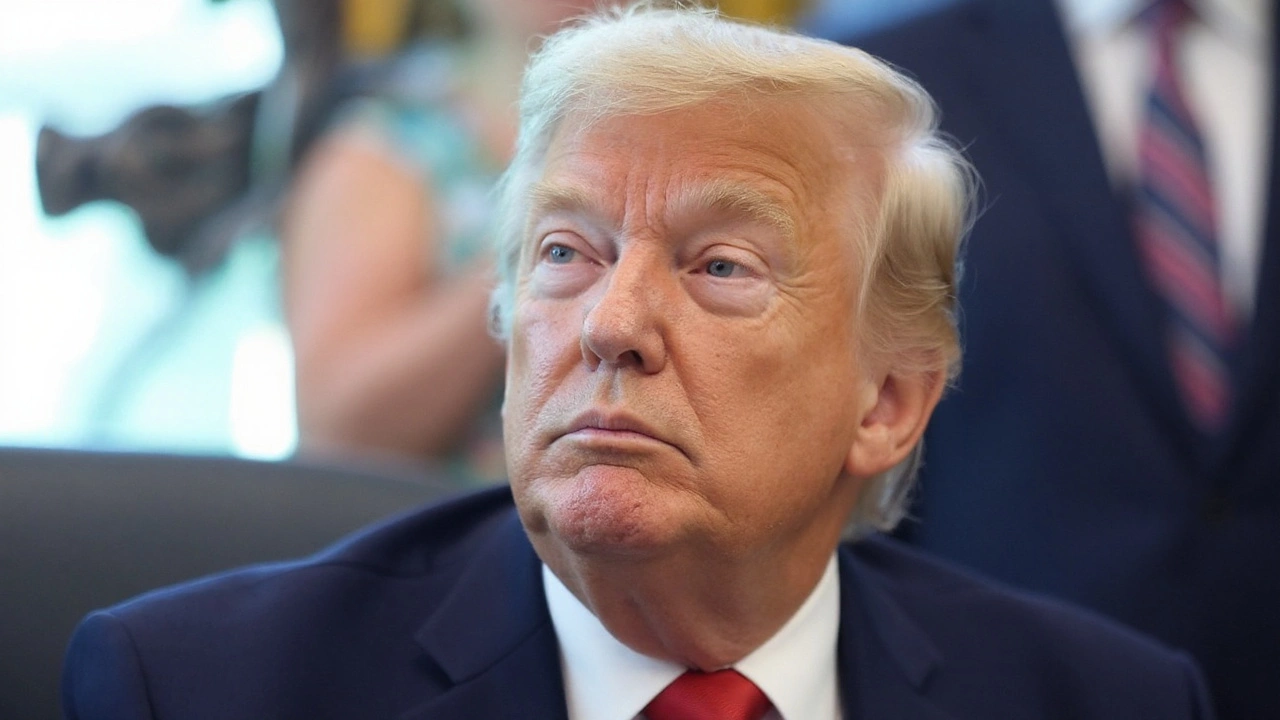Trade Policy: What It Is and Why It Matters
When you hear the term "trade policy" you might picture diplomats in suits or huge shipping containers, but the truth is simpler. Trade policy is the set of rules a country uses to buy and sell goods and services with the rest of the world. Those rules decide what you can find in a local supermarket, how much you pay for a phone, and even which jobs are created nearby.
At its core, trade policy balances three things: protecting domestic businesses, encouraging competition, and generating revenue for the government. It does this through tools like tariffs, quotas, subsidies, and trade agreements. Each tool has a purpose, and each can affect you differently.
Key Elements of Trade Policy
Tariffs are taxes on imported goods. If a country places a 10% tariff on steel, that extra cost usually ends up in the price you pay for anything that uses steel – from cars to bicycles. Tariffs can protect local producers, but they also raise prices for consumers.
Quotas limit the amount of a product that can be imported in a given period. Think of a quota on foreign fruit; it means fewer imported apples and more demand for locally grown ones. This can help farmers but might limit variety.
Subsidies are government payments to local firms to keep them competitive. A subsidy for renewable energy, for example, can lower the price of solar panels, making clean power more affordable.
Trade agreements are negotiated deals between countries, like the EU‑UK trade agreement after Brexit. They set common rules, reduce tariffs, and open markets. When a new agreement is signed, you might notice more foreign brands in stores or cheaper travel options.
How Trade Policy Affects You
Every time you shop, the price you see is tied to trade policy. A high tariff on imported clothing can make that trendy jacket cost more, while a free‑trade deal between the UK and Japan could slash the price of Japanese electronics.
Jobs are another direct link. If a trade policy protects a local industry, more workers stay employed in that sector. Conversely, opening markets can create new opportunities in export‑focused businesses, leading to different kinds of jobs.Even your daily commute can be shaped by trade policy. Roads, bridges, and public transport often rely on steel or concrete that may be imported. Changes in tariffs on those materials can affect government spending on infrastructure projects.
Brexit showed how a change in trade policy can ripple through an economy. The UK’s new trade rules after leaving the EU introduced customs checks, which added delays for some goods and gave opportunities for new trade partnerships with non‑EU countries.
In short, trade policy is the invisible hand that moves prices, jobs, and choices. Understanding the basics helps you see why a new tariff makes your groceries pricier or why a trade deal can bring new tech to your doorstep.
Next time you hear a news story about tariffs or a trade agreement, ask yourself: how will this change what I buy, where I work, or how my community grows? That simple question turns a complex policy into something you can actually feel.

A federal appeals court ruled 7–4 that most of former President Trump's global tariffs exceed his authority, but kept them in place while the government appeals. The decision disrupts trade talks and keeps prices elevated for now. The case turns on whether IEEPA lets a president impose sweeping tariffs without Congress. The administration is expected to take the fight to the Supreme Court.
Continue Reading





